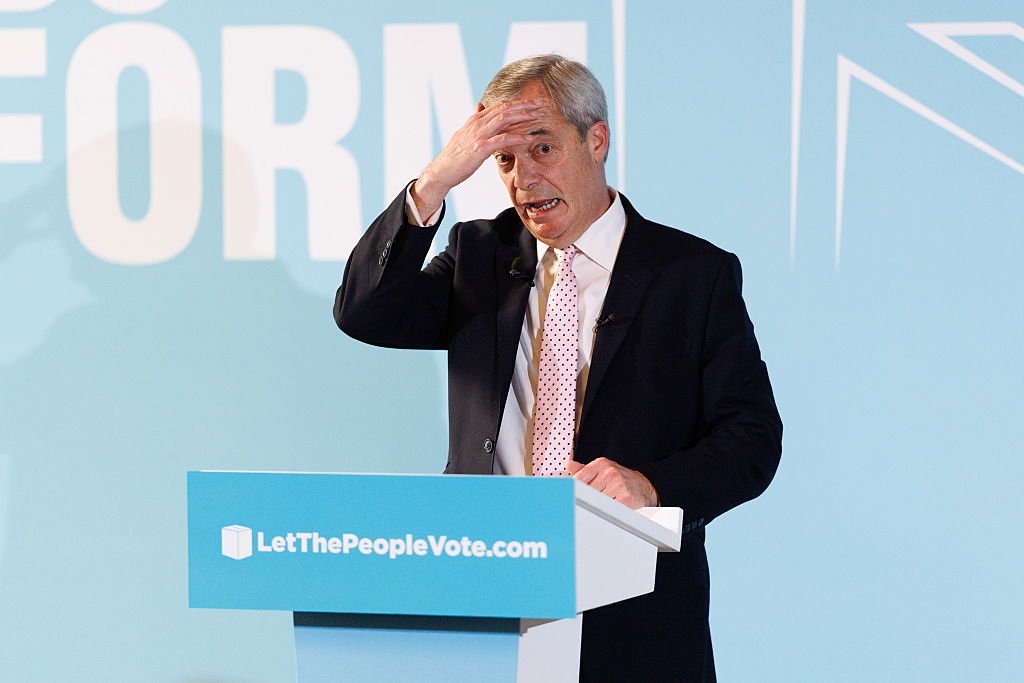While President Trump was in office, White House staff periodically discovered wads of printed paper clogging a toilet and came to believe the president had personally flushed documents. So reports the New York Times‘ Maggie Haberman, based on anonymous sources.
Why should a literate media consumer think the story is garbage? Read it like an intelligence officer.
Start by applying some of the same tests intelligence officers do to help them evaluate their own sources. Thinking backwards from the information to who could be the source is a good start when evaluating credibility.
For example, is a source in a position to know what they say they know, what intelligence officers call spotting? The “position to know” idea scales up sharply when a source says they are privy to important conversations. How would they know the contents of a call the president-elect made to a foreign leader? Very few people would be in the room for something like that. Are any of them likely leakers?
In Haberman’s Toiletgate, the circle of potential real sources is very small, limited to those who have access to the president’s personal crapper. Notice that Haberman does not characterize her source, as in “one who has direct access to the pooper,” another red flag. If there is any source at all, it is likely cafeteria gossip. Remember, in the case of journalism’s most famous anonymous source, Watergate’s Deep Throat, his information was used to guide the reporting, not as a scoop by itself, because it could not always be verified.
As for verification, watch out for what intel officers call loops, where multiple reports come in to different people/journalists, disguising the fact that they came from the same source. This is often how reporters erroneously confirm each other’s fake news, not realizing they are all talking to the same “anonymous” source. Now Google “Christopher Steele.”
Any article that cites a source who claims to know the “why” behind some action, what was going through the head of a decision maker, should be subject to special skepticism. Key officials are generally not in the habit of explaining their true motivations out loud. In Haberman’s submission, notice how she avoids addressing the “why” directly. She claims her sources “believed” the president flushed pieces of paper, with the implication that Trump was destroying records instead of over-wiping.
Haberman also suspiciously released her scoop alongside allegations that some White House records had been sent to Mar-a-Lago, not the National Archives. She manipulates her readers by telling them something in line with what they already believe. This is one way double-agents try to fool intel officers. A careful reader has to honestly ask himself whether he wants to believe such a thing badly enough to overlook its improbability.
Legitimate sources risk something by talking, such as job loss, maybe even jail time. Is what they will get out of the leak worth the risk? In this case, the actual source would have to be an intimate staffer, or at least a White House plumber. Why would such as person risk his job to feed free gossip to Haberman? Did Trump anger them by leaving the seat up one too many times?
If the answer to the question of “what’s in it for them?” is not obvious, the source is suspect. Intel officers always work to understand their source’s motivation, usually a combination of money, sex, revenge, personal advancement, and nationalism. Do any of those apply to the White House plumbing staff, most of whom have worked at the place for years?
Sources may push out info intended to influence public opinion. If the reader can’t suss out the mystery source’s likely agenda — what they want — then you’re the guy at the poker table who can’t tell who the rube is, and needs a mirror to find out. Remember what happened when journalists failed to see what leakers of false info about Iraq’s WMDs were up to, and helped start a war? Always ask, cui bono, who benefits?
Similarly, is what you are reading consistent with other information on the subject? Does the new info track known things, what intelligence officers call expectability? Overall, the further away from expectability a story stretches, the more the obligation to be skeptical. Falling back on “it might be true” or “you can’t prove it’s not true” are typical signs of fake news. Same for “news” that can by definition never be proven false, such as proving the negative that Trump did not flush documents. It’s like claiming Putin kills fluffy kittens for sport; how can you possibly show otherwise?
There is the expectability question of why Trump would flush documents when shredders and burn bags are literally everywhere in the White House. And why he would do it “periodically,” as Haberman asserts, after finding out it is not a good way of getting rid of something because it only ends up in the wet hands of some plumber. It literally makes no sense.
The closer information gets to something you want to believe is true, the more skeptical you should be. The best example of this is the infamous Steele dossier, and especially the “pee tape,” which were shown to be disinformation created by an actual intelligence officer to discredit Trump. About half the country wanted it to be true. In addition, the supposed tape too easily hit all the usual Trump tropes: hatred of Obama, sexual piggishness (notice how the media fetishistically loves to connect Trump to scatological themes?) and of course the Russians. If it seems too “good” to be true, it probably is.
In addition to considering the source of the information, consider the source of the reporting — what do they have to gain? In this instance, Haberman released her toilet blockbuster to directly promote her new tell-all book on Trump. It is obvious her story is advertising, not journalism. Let’s ask Haberman why she squatted on “reportable” information, flushing it into the MSM public sewer only when she needed to pimp her book.
In the end, an intelligence officer rarely knows what is 100 percent true, so he assigns a rating, such as high, medium or low confidence, and acts on the information (or not) in line with that. A reader can similarly never know with certainty the truth about an anonymously sourced story. But while anything is possible, only some things are probable, and that’s usually the way to read it.

























